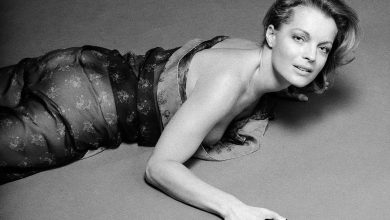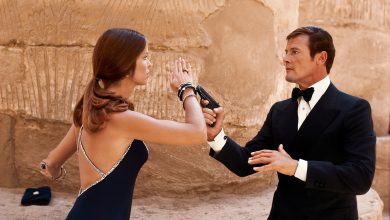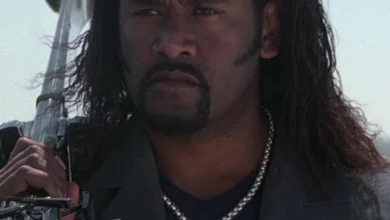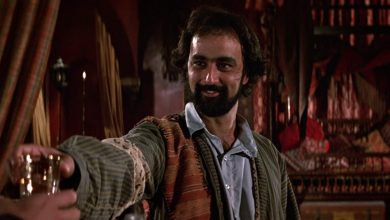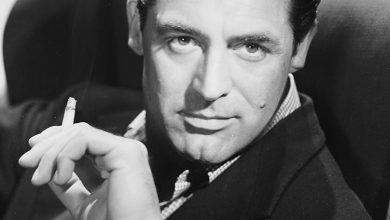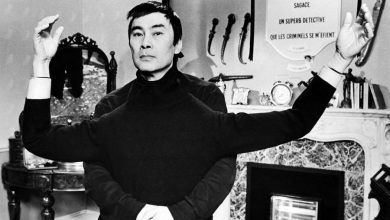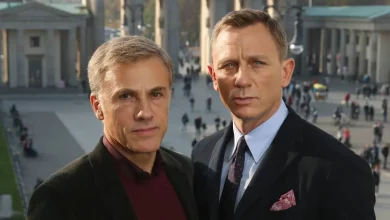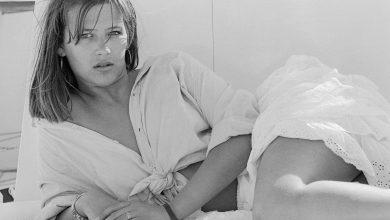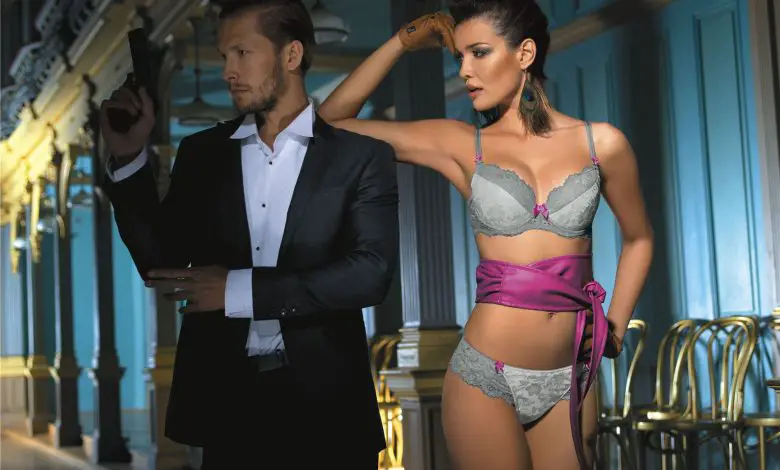
The James Bond series, a cornerstone of cinematic history, has captivated audiences for decades with its thrilling narratives, memorable characters, and iconic performances. However, behind the scenes of these successful films lies a fascinating world of ‘what ifs’ – actors and actresses who were considered for roles but ultimately never cast. This article delves into this lesser-known aspect of the Bond series, providing a unique perspective on the films we know and love.
From the very first Bond film to the latest installment, each movie has its own story of casting triumphs and missed opportunities. The casting process is a complex dance of availability, suitability, and sometimes, sheer luck. As we journey through each Bond film, we’ll uncover the actors and actresses who were almost part of this iconic series, and how their involvement might have changed the films.
Key Takeaways
- The casting process for the Bond films is complex and multifaceted, involving factors such as availability, suitability for the role, and willingness to commit to the project.
- The casting of different actors and actresses could have resulted in different character dynamics, narrative arcs, and overall tone for the films.
- Over the years, several actors have been offered the role of James Bond but have turned it down for various reasons.
- The casting of a Bond film can have a significant impact on its success, with the actor playing James Bond playing a particularly crucial role.
- The future of casting in Bond films is likely to continue evolving in response to changes in the film industry and society at large.
Dr. No (1962)
Uncast Actor: Cary Grant
Cary Grant was the first choice to play James Bond by producers Albert R. Broccoli and Harry Saltzman. However, Grant was unwilling to commit to a multi-film contract, leading to Sean Connery’s casting.
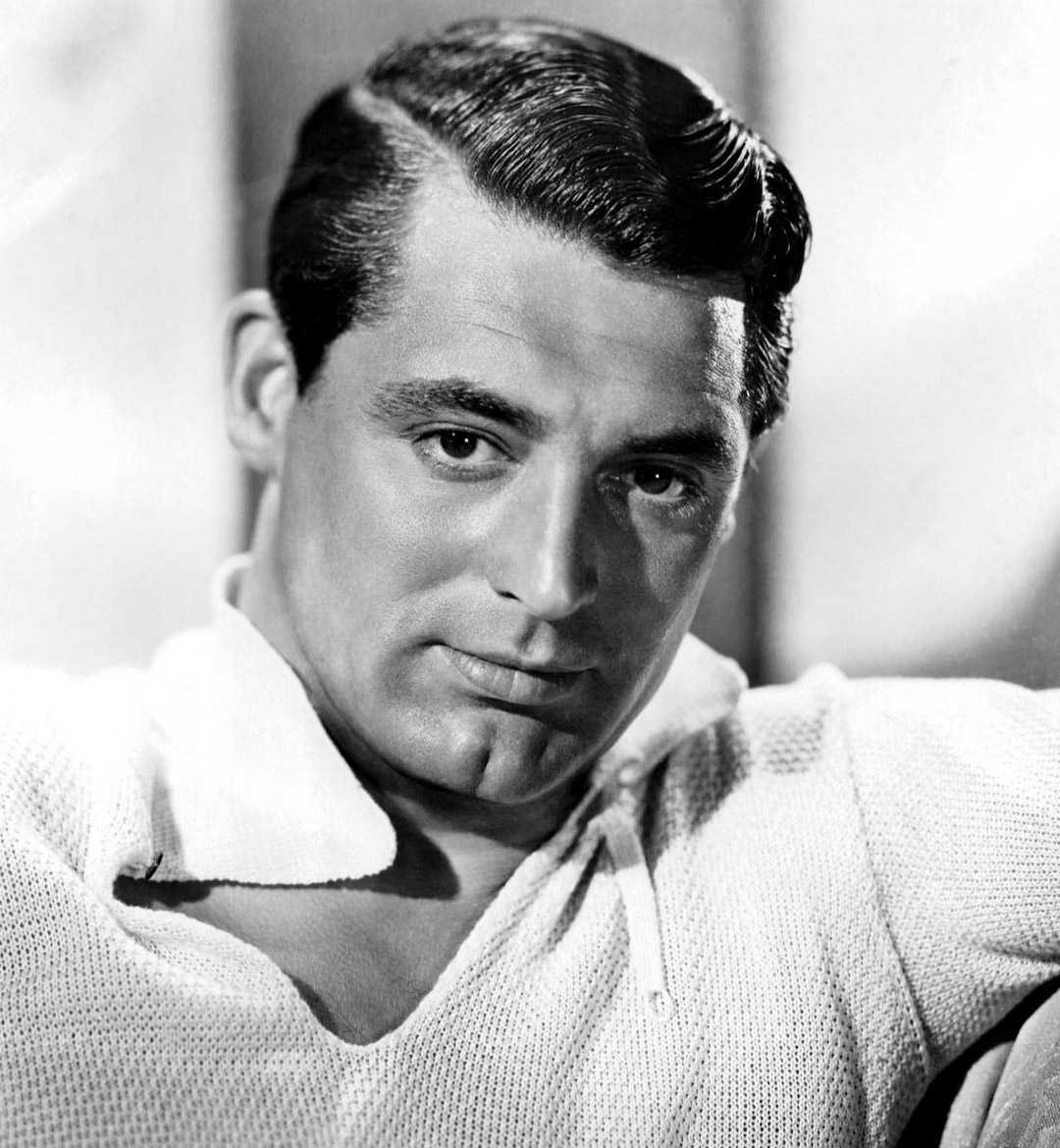
Dr. No (1962)
Uncast Actor: jack palance
jack palance was the first choice to play Scaramanga by producers Albert R. Broccoli and Harry Saltzman. However, He turned it down because of Dracula Character in a tv movie (Ironic knowing that Christopher Lee played a Dracula role in “Dracula Prince of darkness” (1966) .
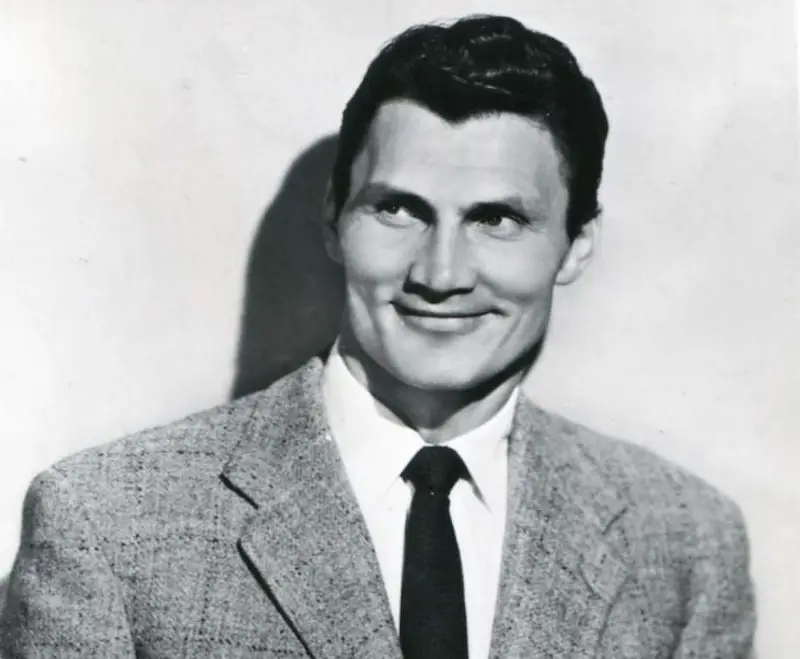
From Russia With Love (1963)
Uncast Actress: Julie Christie
Julie Christie was considered for the role of Tatiana Romanova. However, director Terence Young felt she lacked the sexual allure for the part, and Daniela Bianchi was cast instead.
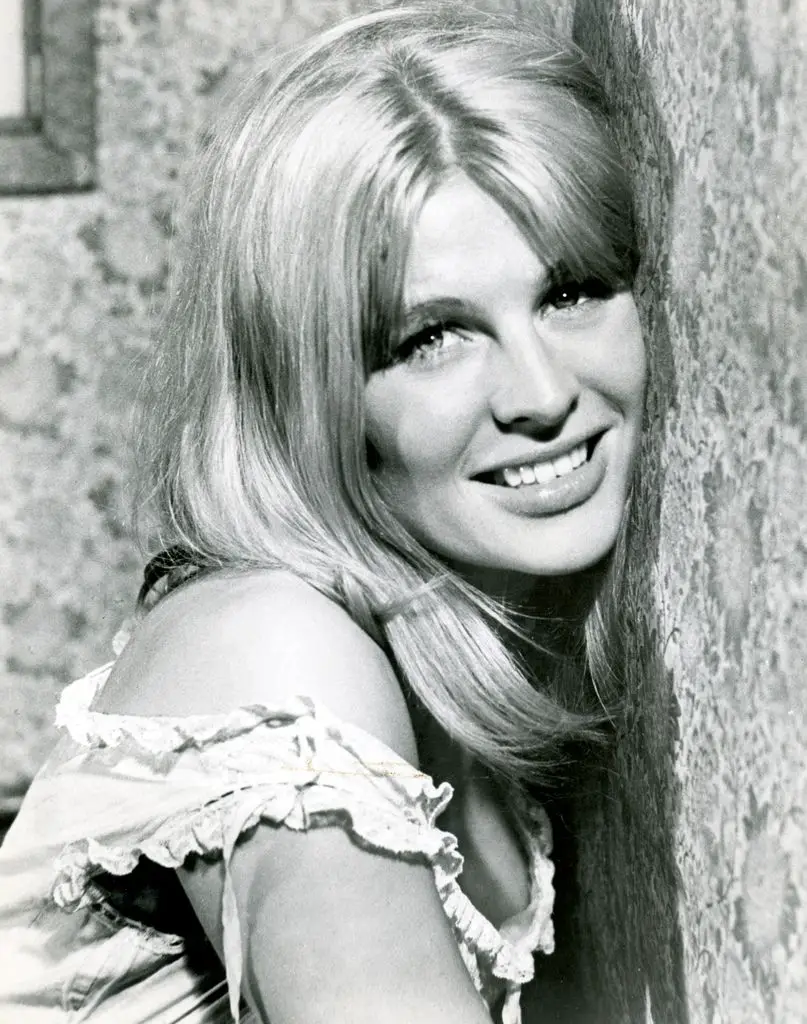
Goldfinger (1964)
Uncast Actor: Theodore Bikel
Theodore Bikel auditioned for the role of Auric Goldfinger but was passed over in favor of Gert Fröbe.
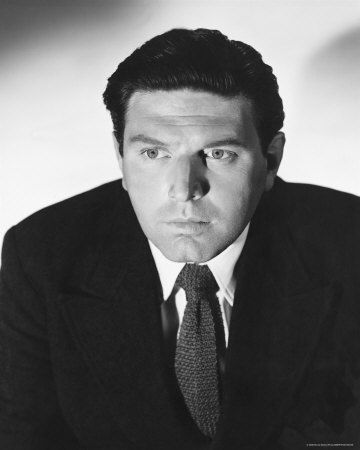
Thunderball (1965)
Uncast Actress: Raquel Welch
Raquel Welch was considered for the role of Domino Derval. Eventually, the role went to Claudine Auger.
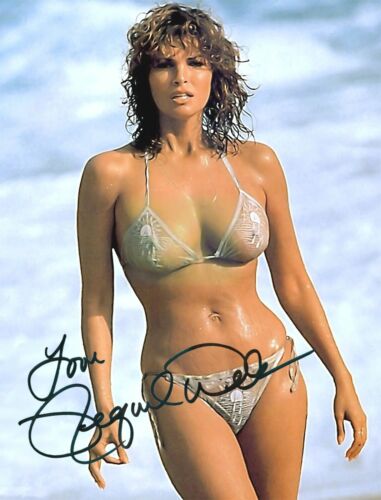
You Only Live Twice (1967)
Uncast Actor: Jan Werich
Jan Werich was originally cast as Ernst Stavro Blofeld. However, after filming began, it was decided he was not menacing enough, and Donald Pleasence was brought in.
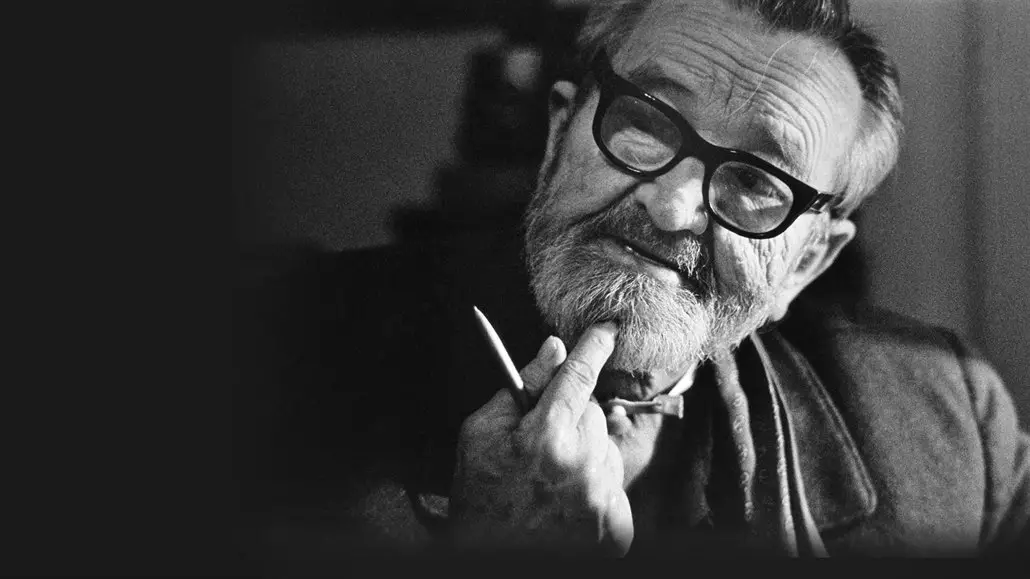
On Her Majesty’s Secret Service (1969)
Uncast Actor: John Richardson
John Richardson was considered to replace Sean Connery as James Bond. However, the role ultimately went to George Lazenby.
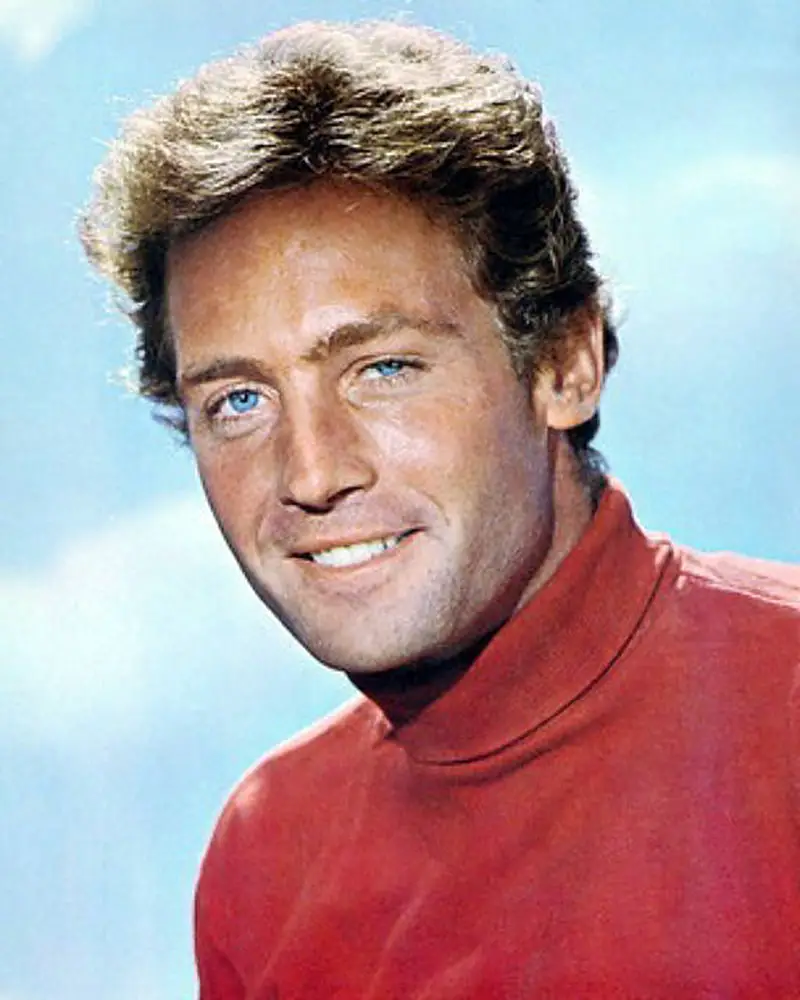
Diamonds Are Forever (1971)
Uncast Actor: Jane Fonda
Jane Fonda was offered the role of Tiffany Case but turned it down, feeling the character should be played by Jill St. John.
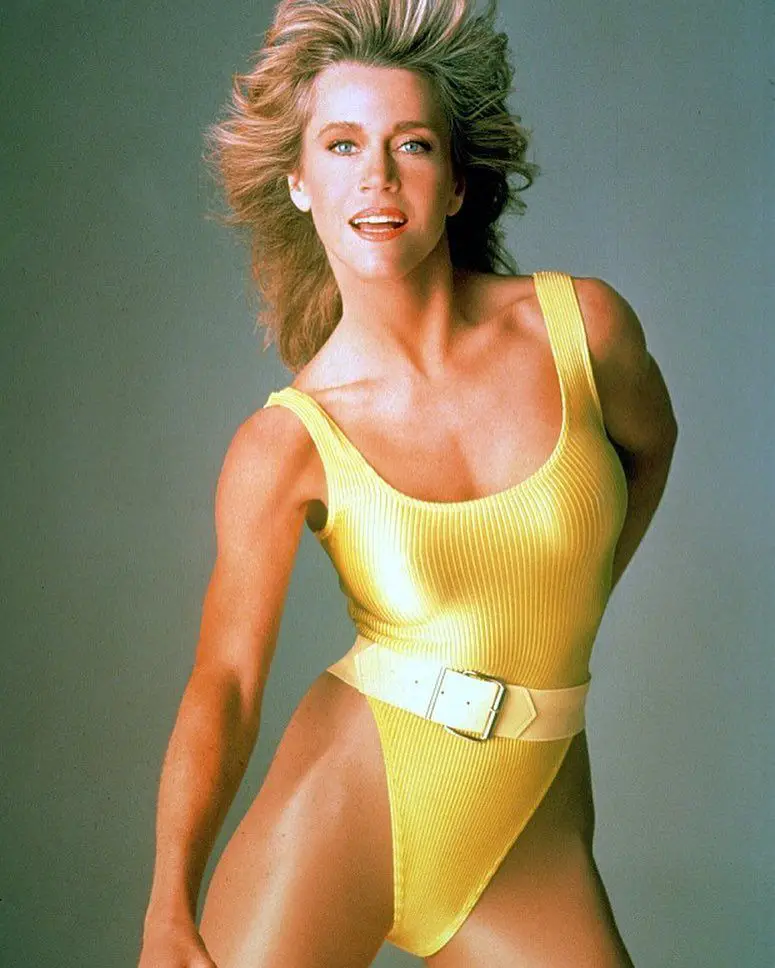
Diamonds Are Forever (1971)
Uncast Actress: Jane Seymour
Jane Seymour auditioned for the role of Plenty O’Toole but was not cast. She would later play Solitaire in Live and Let Die.
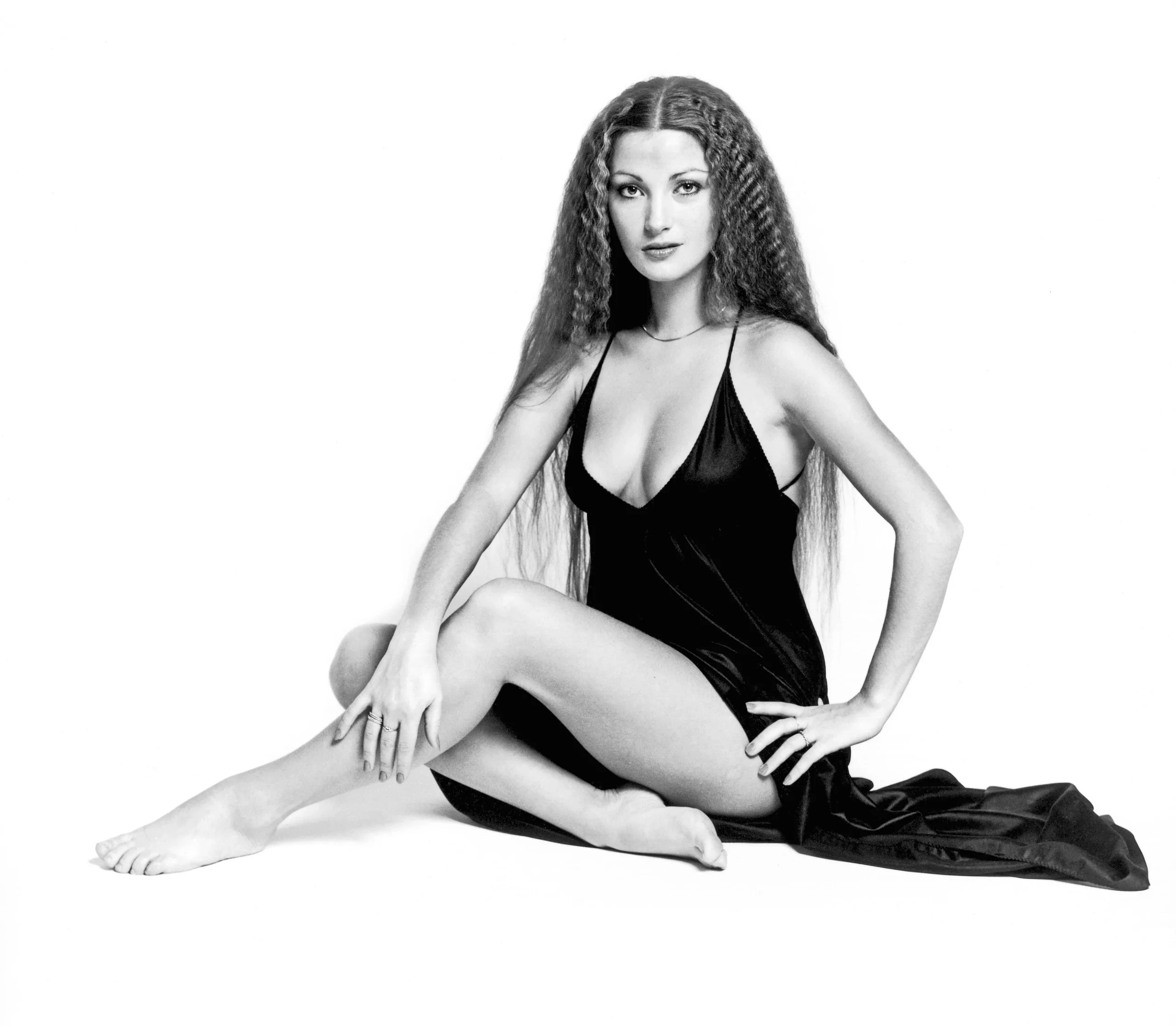
Diamonds Are Forever (1971)
Uncast Actress: Dianna Ross
Dianna Ross nearly start a long side roger moore in depart but beacause the producers fears racial tensions they prefered to go with white actress instead jane seymour took the role.
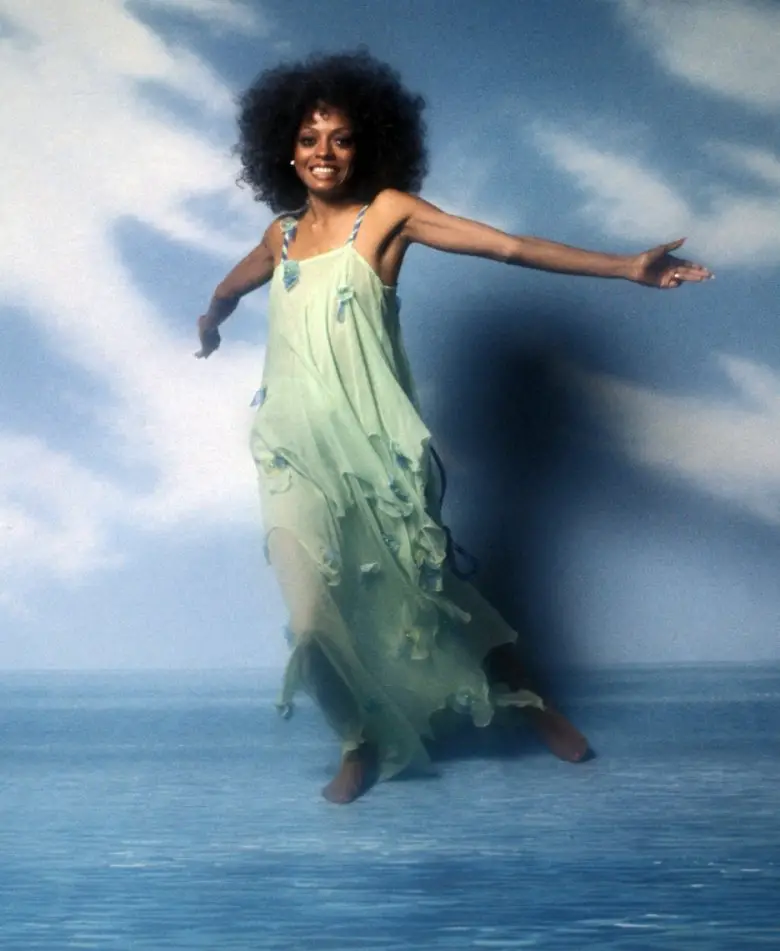
Live and Let Die (1973)
Uncast Actor: Clint Eastwood
Clint Eastwood was offered the role of James Bond but turned it down, feeling the character should be played by a British actor. Roger Moore was eventually cast.
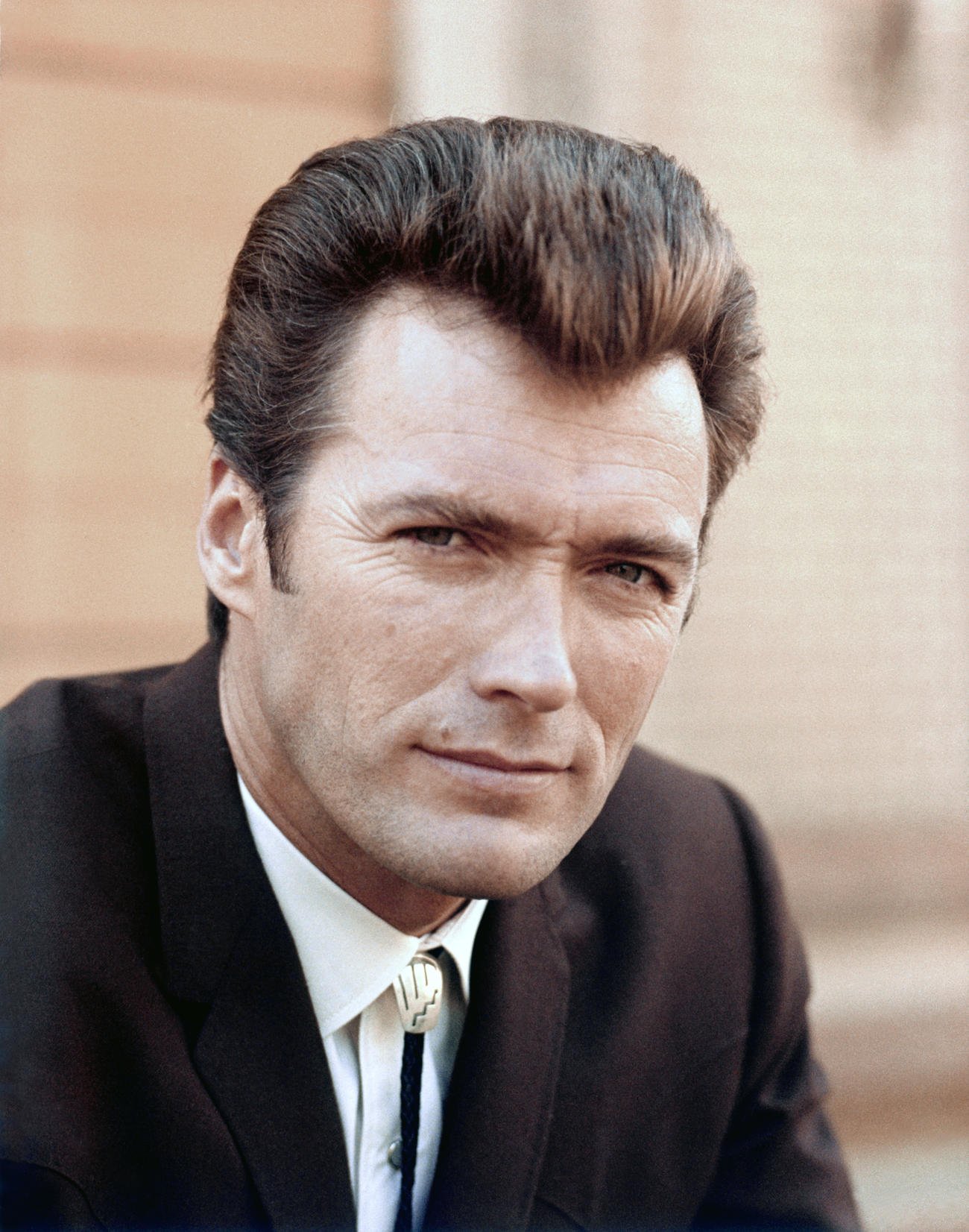
The Man with the Golden Gun (1974)
Uncast Actress: Diana Rigg
Diana Rigg was considered for the role of Mary Goodnight. However, the role went to Britt Ekland.
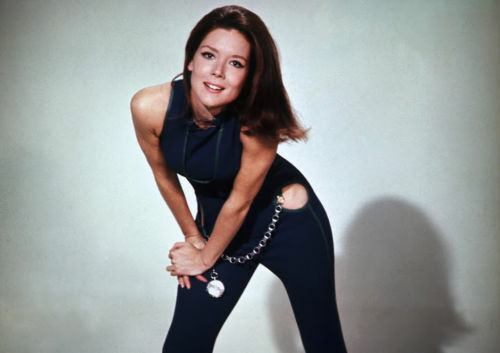
On Her Majestie’s Secret Service (1969)
Uncast Actress: Brigitte Bardot
Diana Rigg was considered for the role of Tracy Di Vincenzo (Tracy Bond). However, the role went to Diana Rigg
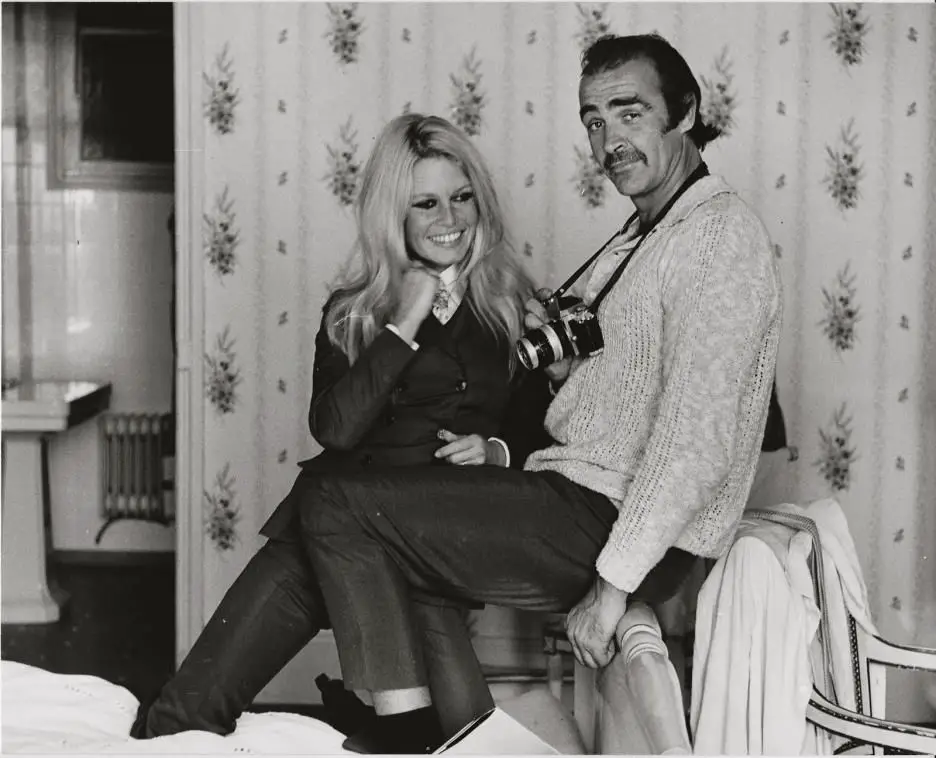
.
The Spy Who Loved Me (1977)
Uncast Actor: Julian Glover
Julian Glover was considered for the role of Karl Stromberg. The role eventually went to Curd Jürgens.
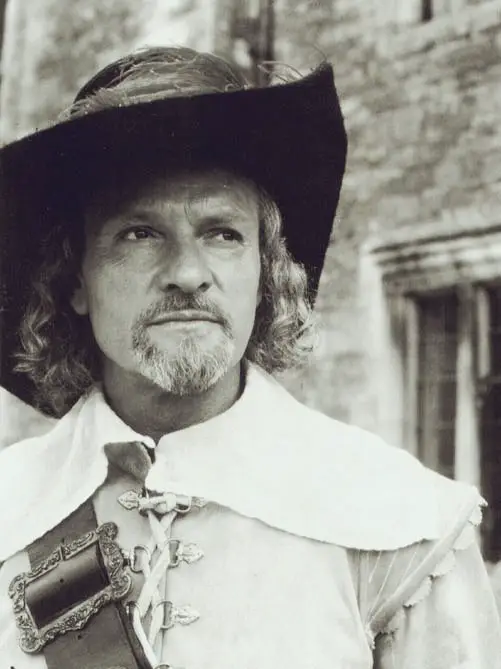
Moonraker (1979)
Uncast Actress: Lois Chiles
Lois Chiles was offered the role of Holly Goodhead in The Spy Who Loved Me but was not available. She was later cast in Moonraker.
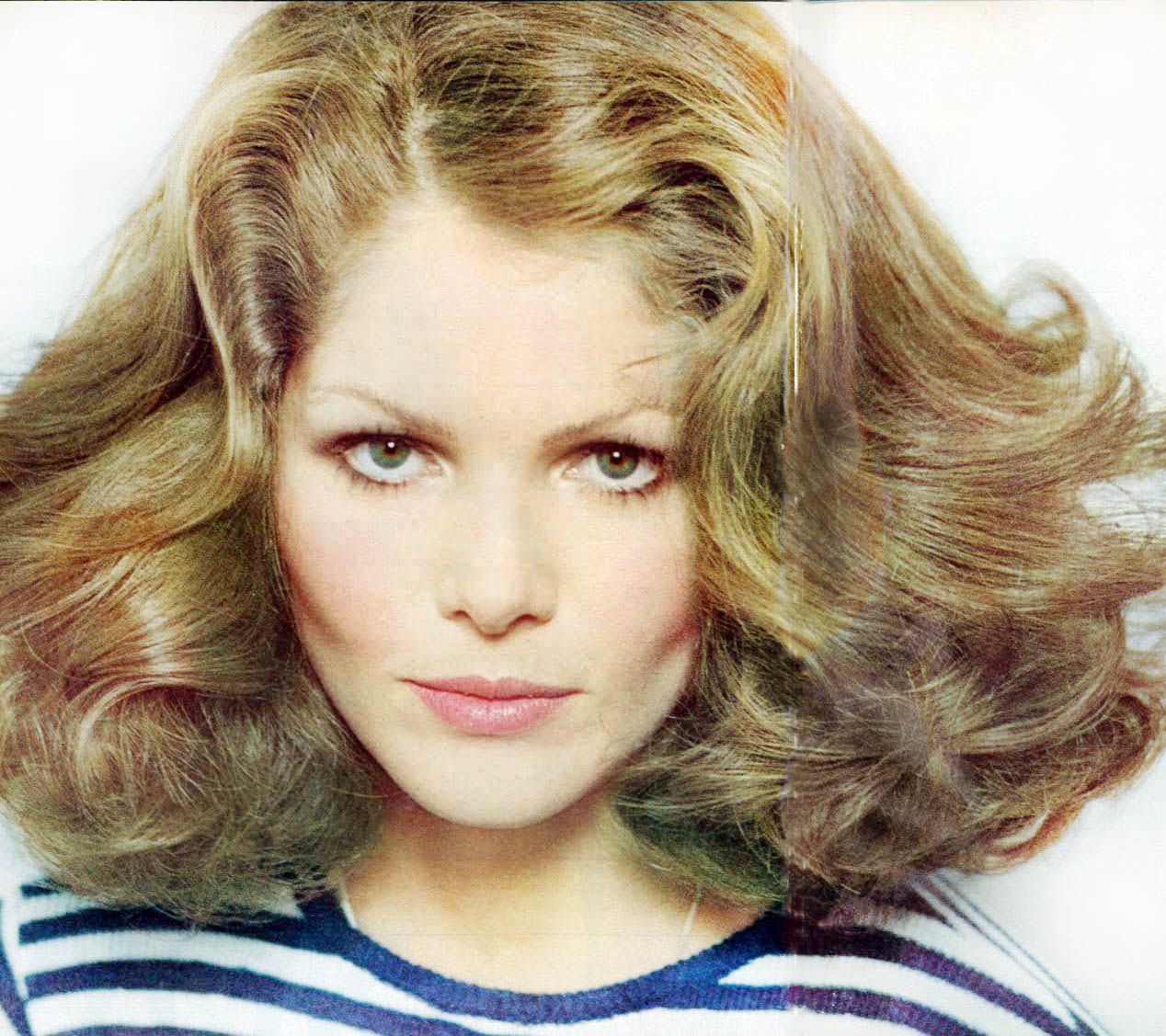
For Your Eyes Only (1981)
Uncast Actor: James Brolin
James Brolin was screen tested to replace Roger Moore as James Bond. However, Moore decided to return, and Brolin was not cast.
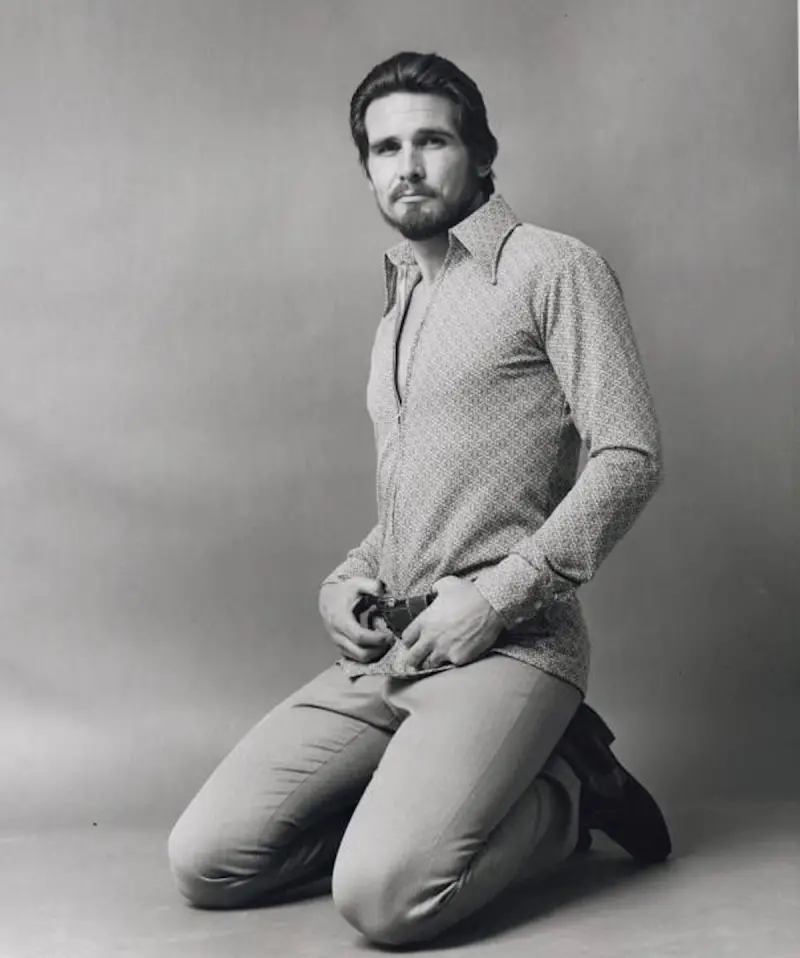
For Your Eyes Only (1981)
Uncast Actor: Ornella Mutti
Ornella Mutti was considered for the role of melina havelock but was not cast. The role went to Carole Bouquet.
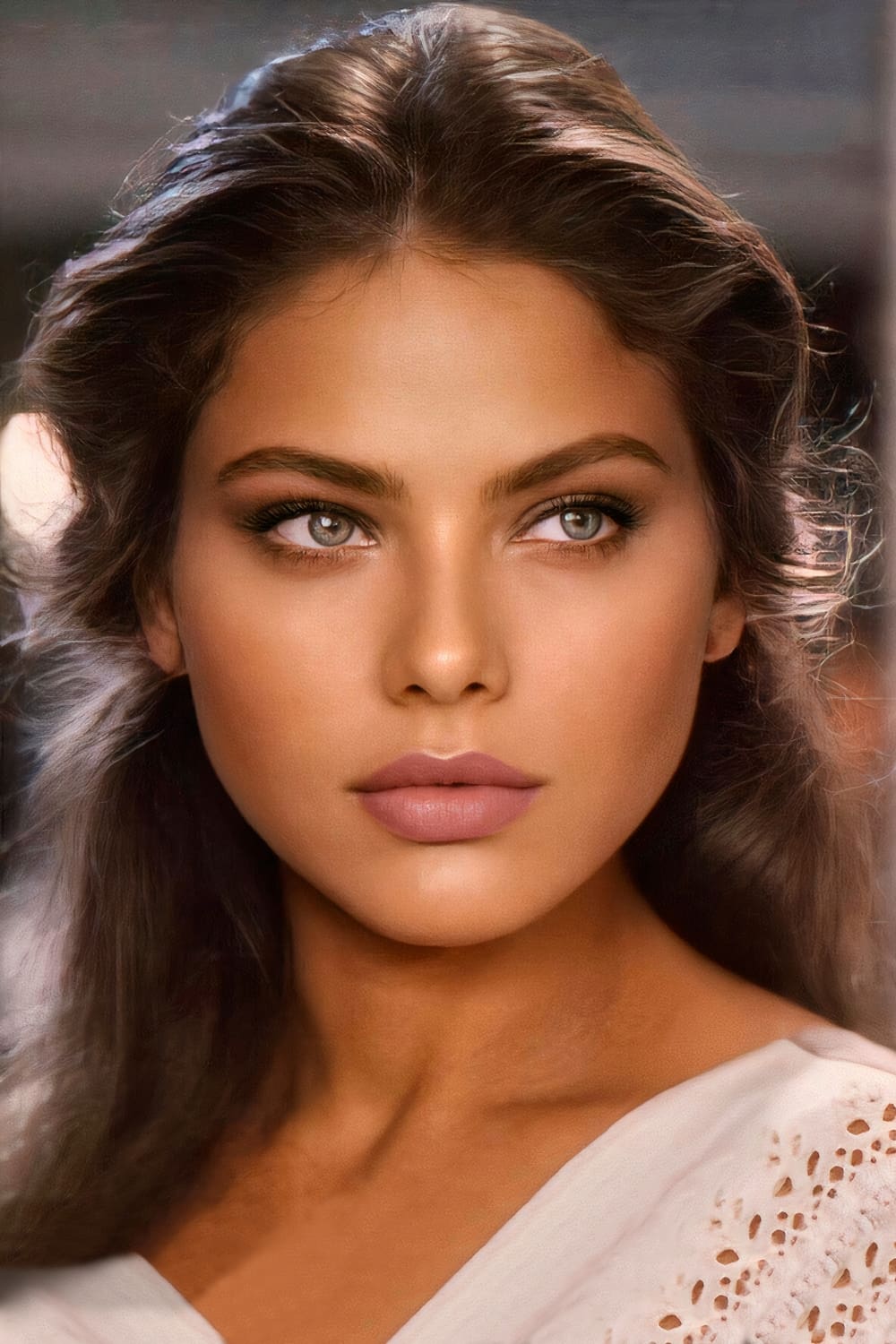
Octopussy (1983)
Uncast Actress: Faye Dunaway
Faye Dunaway was considered for the role of Octopussy but was not cast. The role went to Maud Adams.
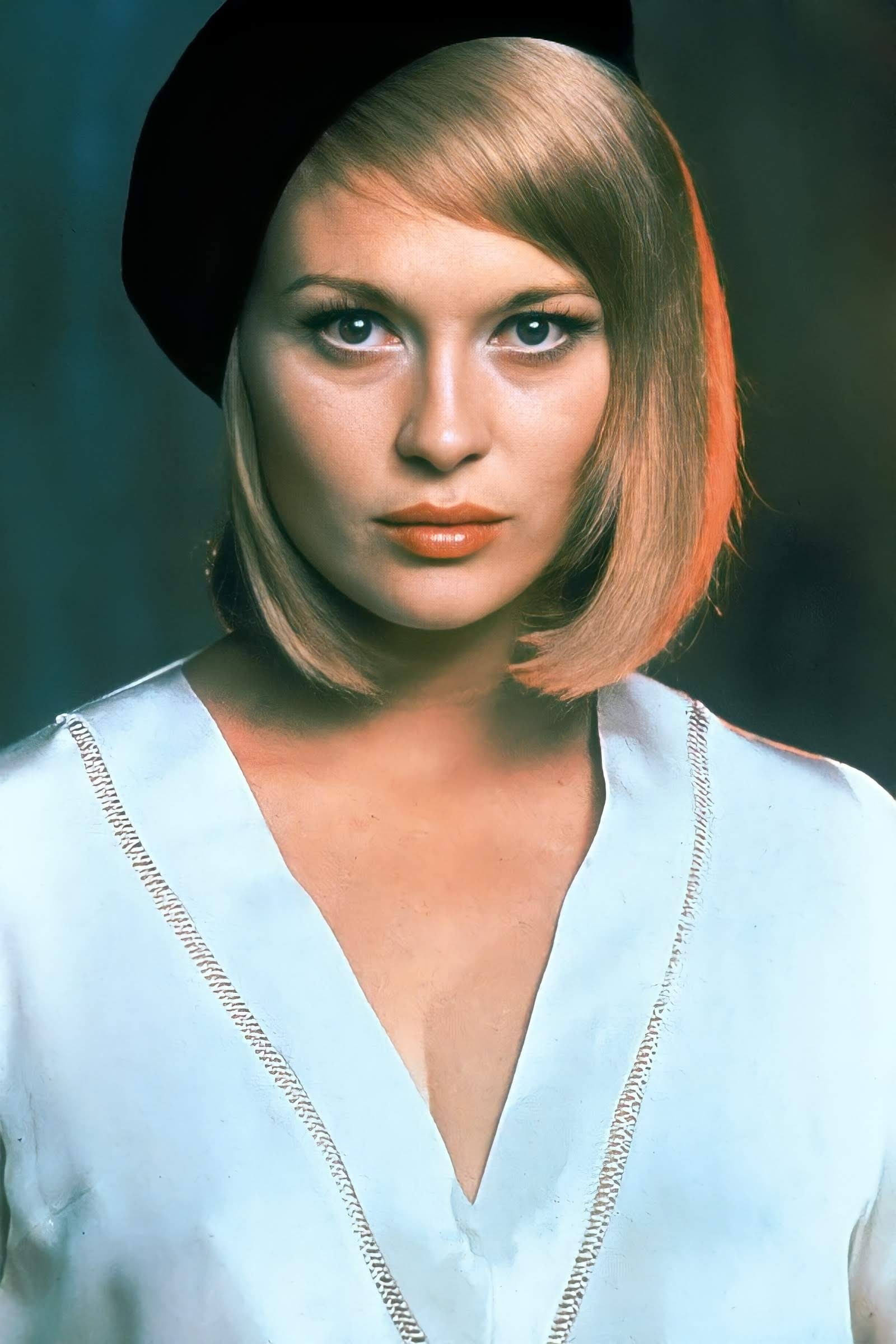
A View to a Kill (1985)
Uncast Actor: David Bowie
David Bowie was considered for the role of Max Zorin. However, the role eventually went to Christopher Walken.
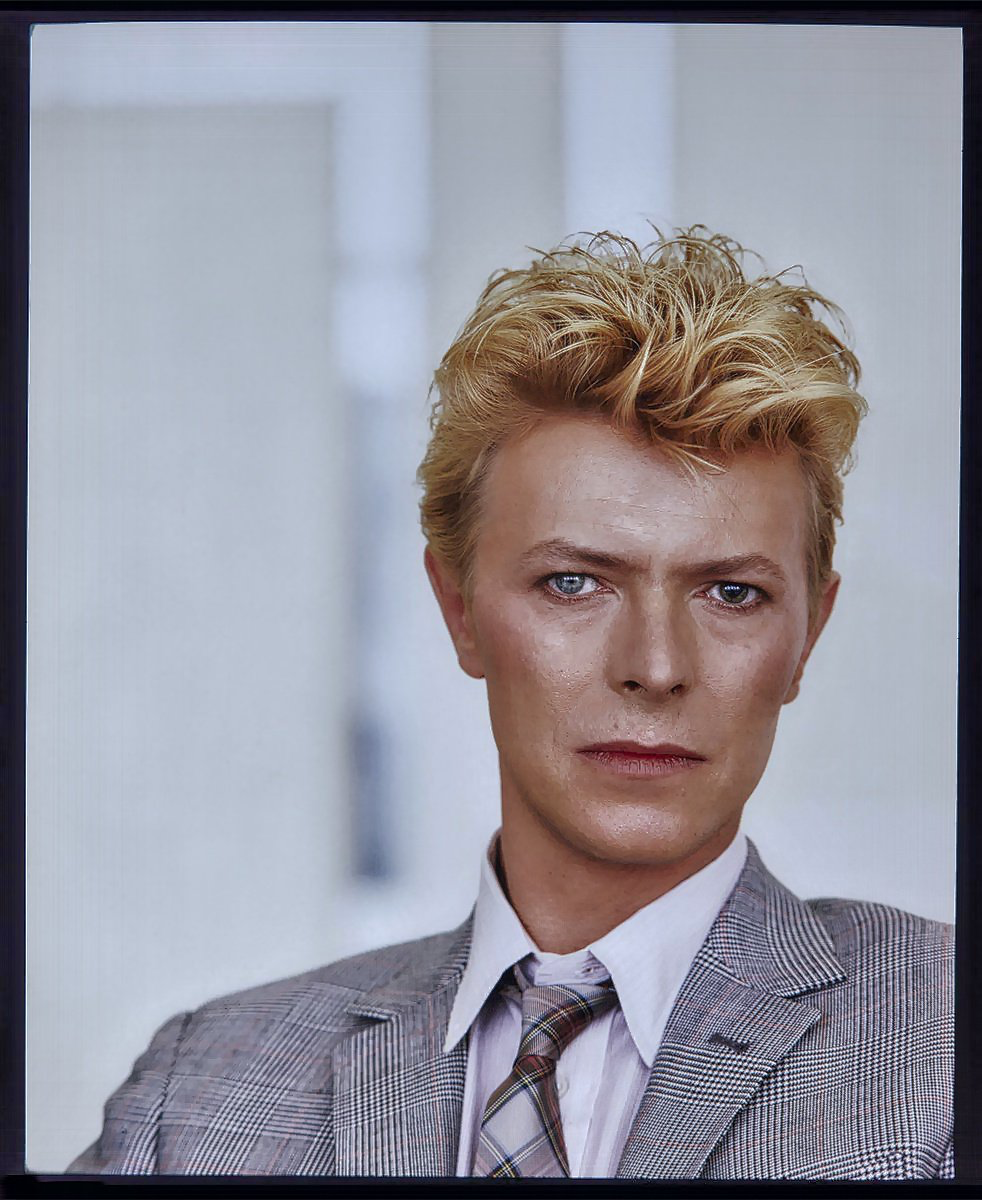
The Living Daylights (1987)
Uncast Actress: Maryam d’Abo
Maryam d’Abo was considered for the role of Kara Milovy but was not cast. She would later play the Bond girl in The Living Daylights.
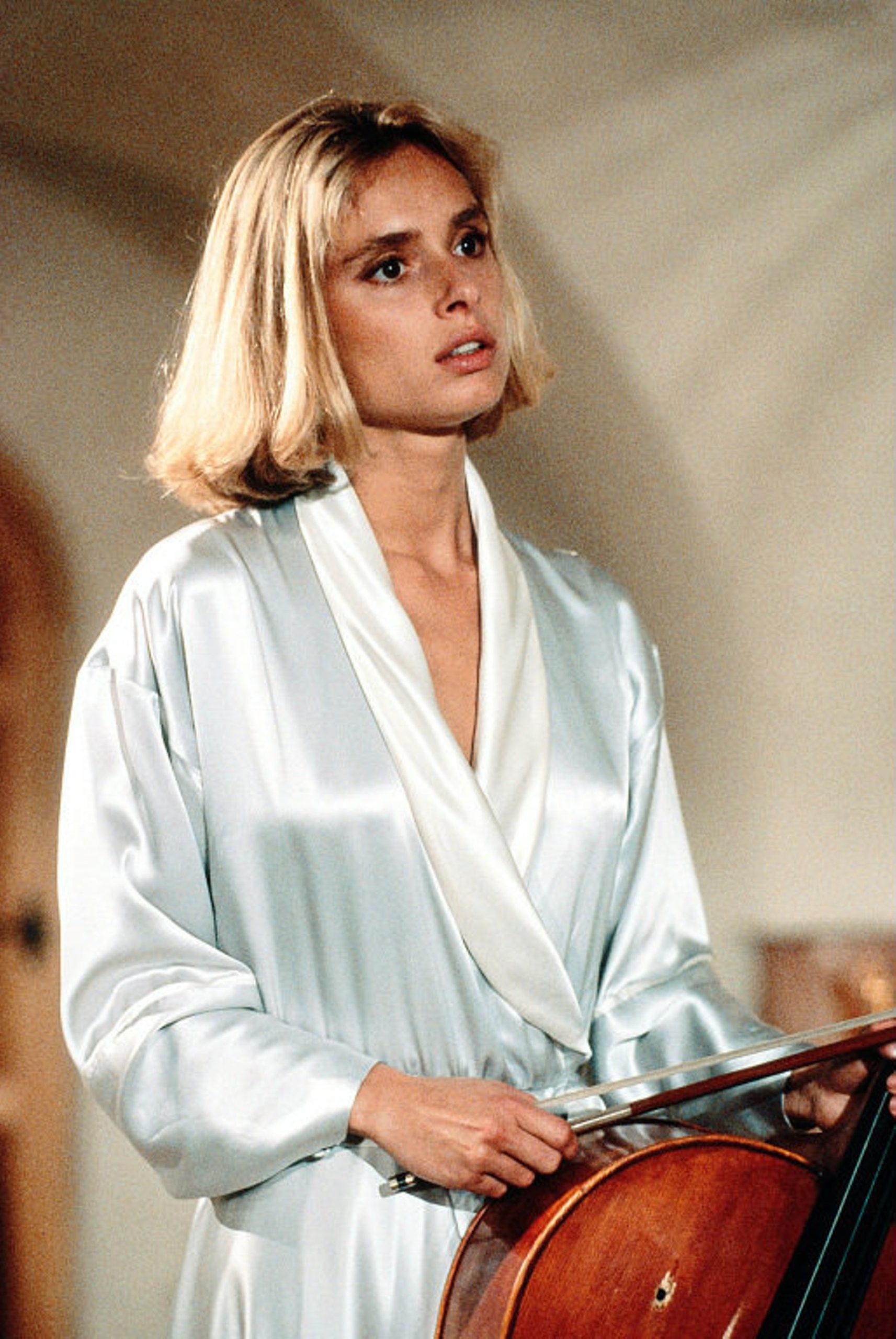
Licence to Kill (1989)
Uncast Actor: Pierce Brosnan
Pierce Brosnan was set to take over the role of James Bond from Timothy Dalton. However, due to contractual obligations with the TV show Remington Steele, he was unable to accept the role.
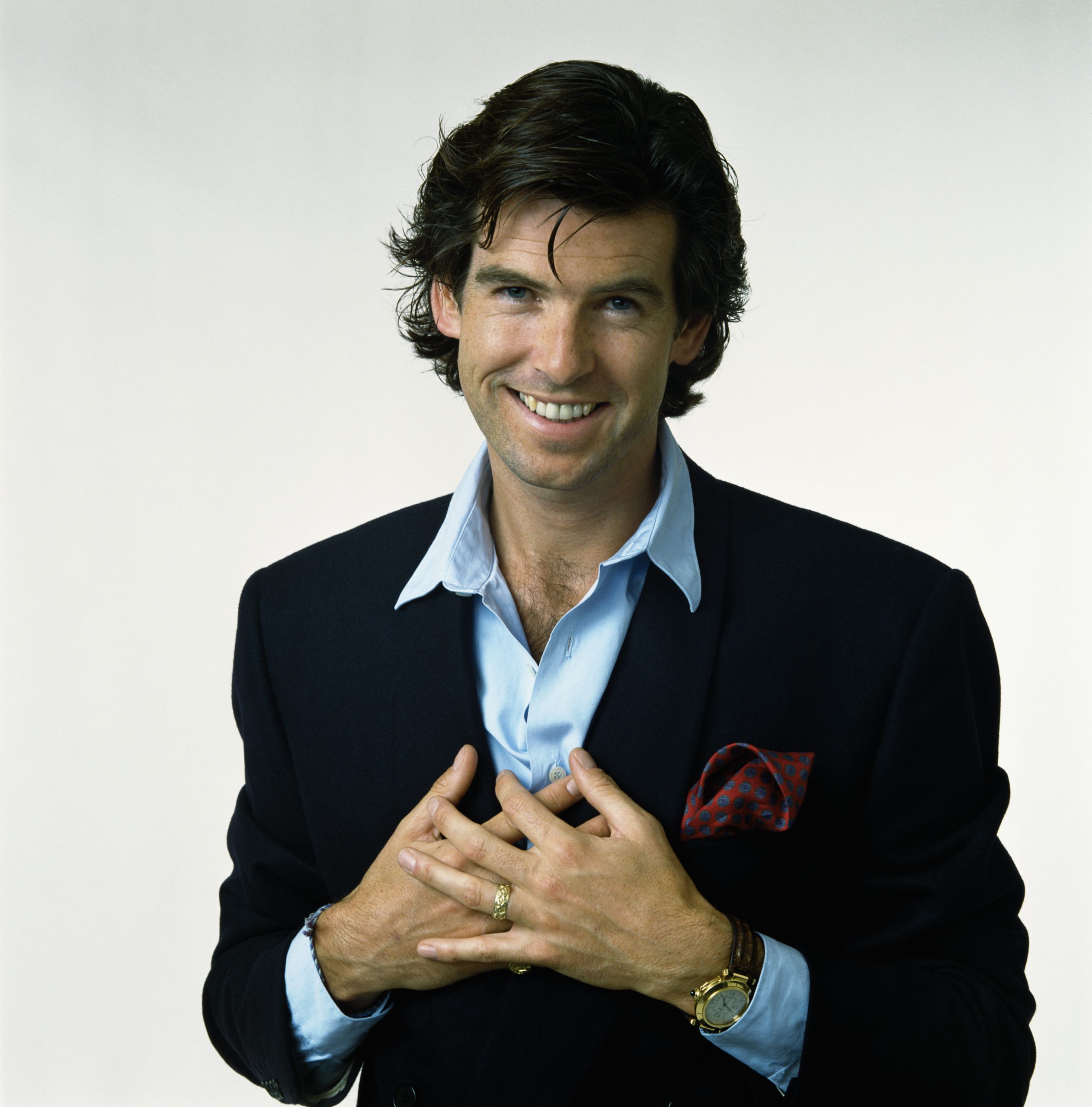
GoldenEye (1995)
Uncast Actress: Izabella Scorupco
Izabella Scorupco was considered for the role of Natalya Simonova but was not cast. She would later play the Bond girl in GoldenEye.
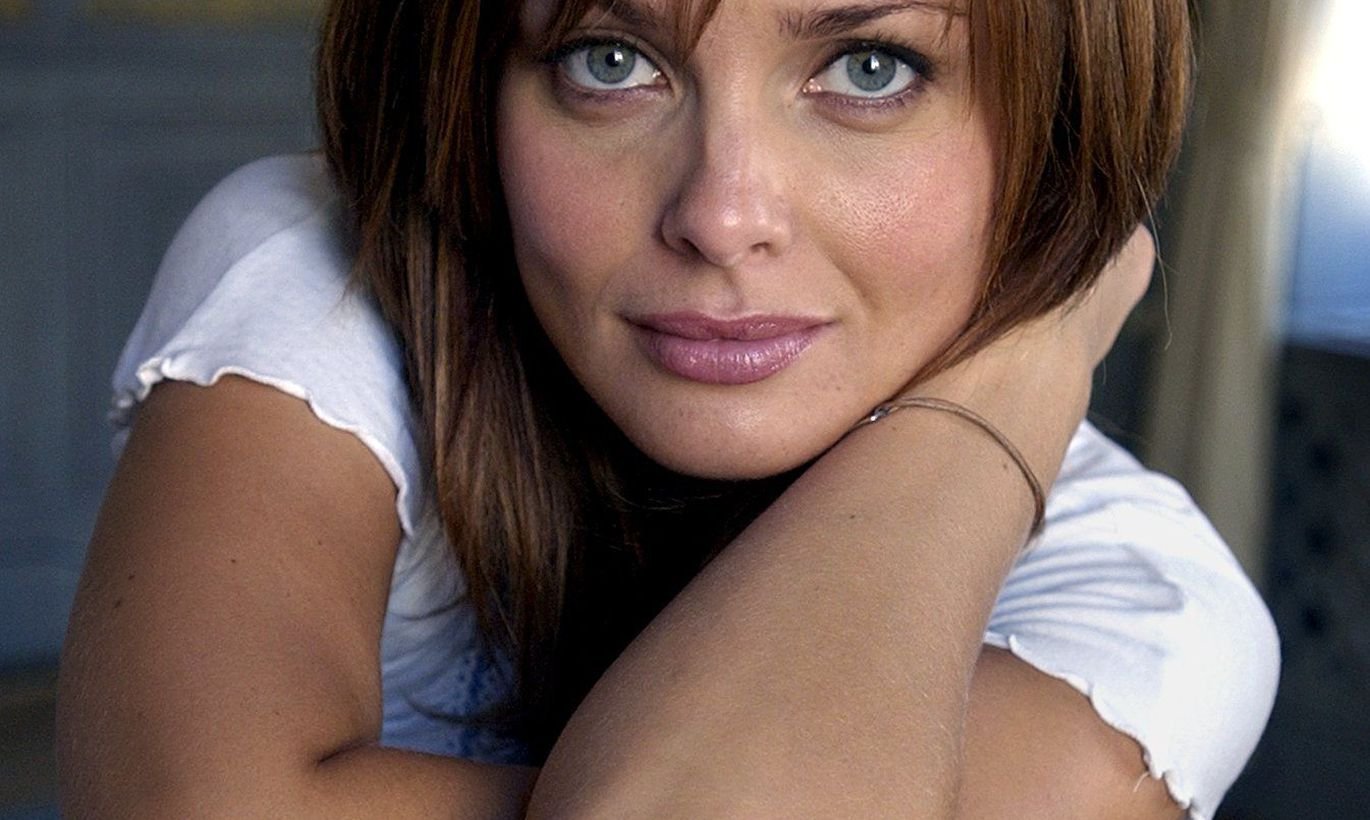
Tomorrow Never Dies (1997)
Uncast Actor: Hugh Grant
Hugh Grant was considered for the role of James Bond. However, Pierce Brosnan continued in the role.
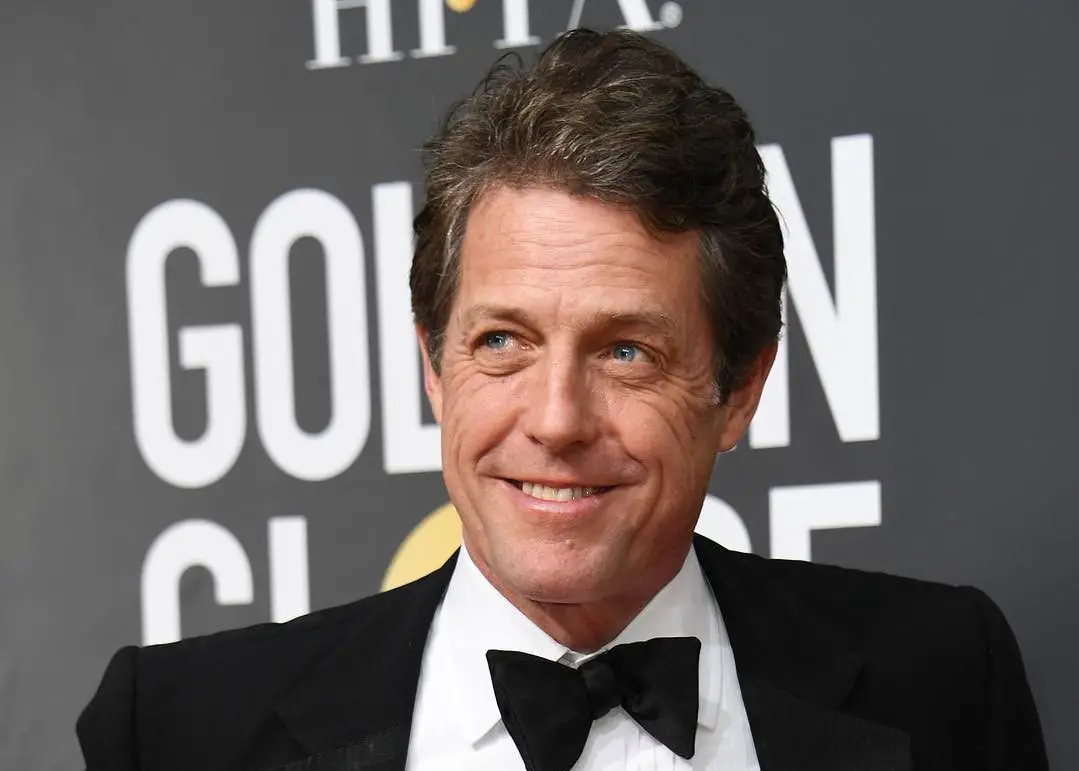
The World Is Not Enough (1999)
Uncast Actress: Sophie Marceau
Sophie Marceau was considered for the role of Elektra King but was not cast. She would later play the Bond girl in The World Is Not Enough.
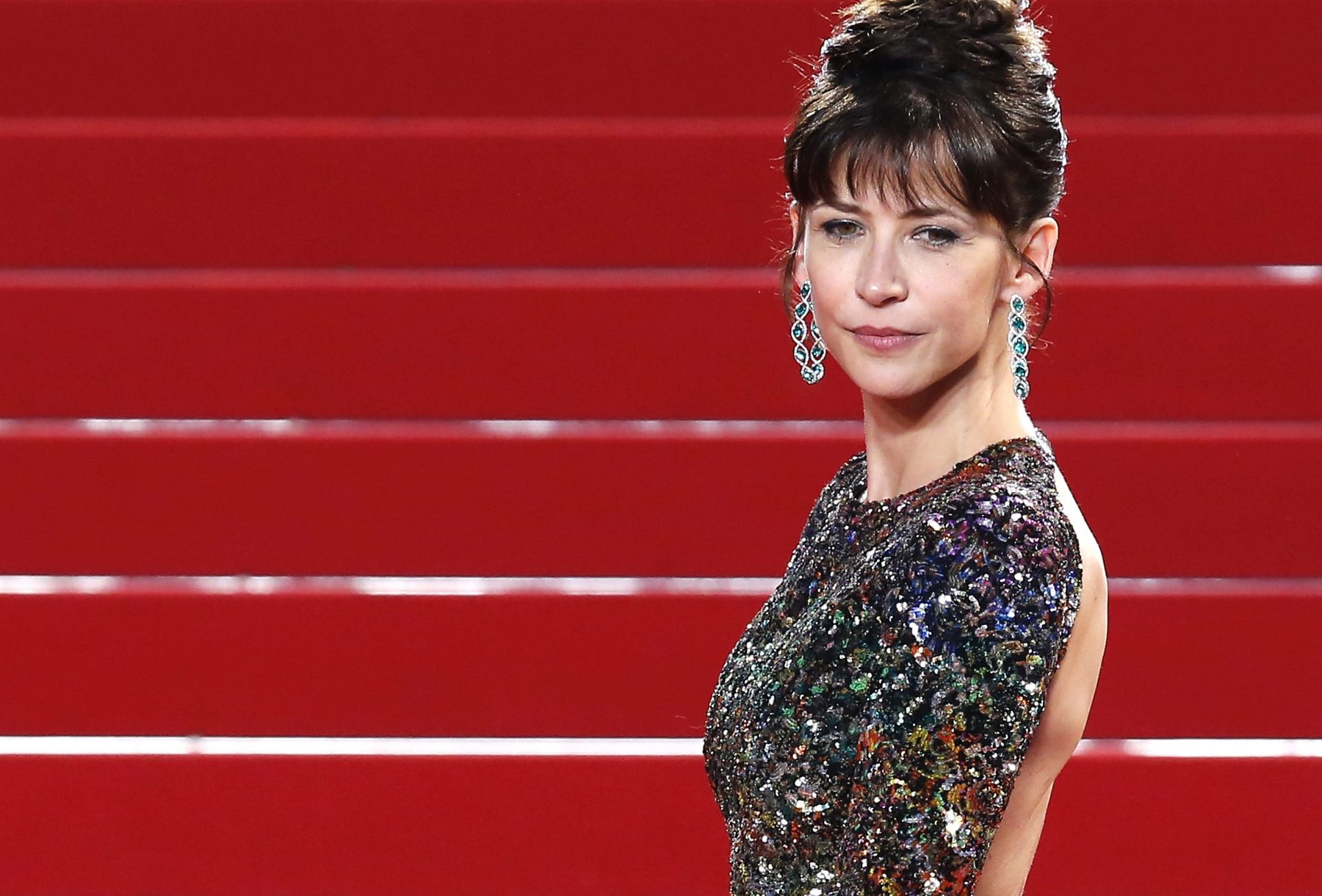
Die Another Day (2002)
Uncast Actor: Colin Salmon
Colin Salmon, who played Charles Robinson in three Bond films, was considered as a potential successor to Pierce Brosnan.
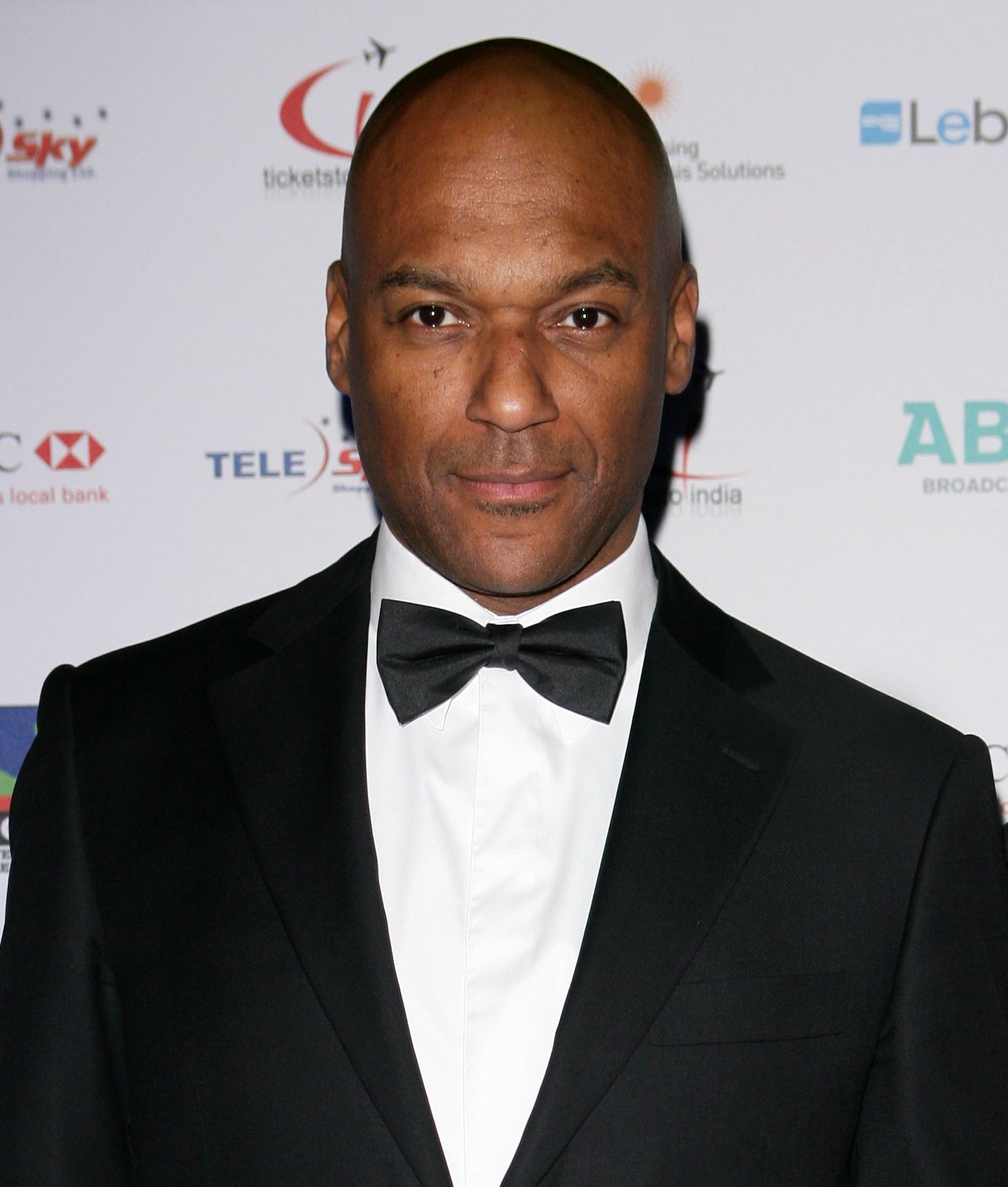
Casino Royale (2006)
Uncast Actress: Angelina Jolie
Angelina Jolie was considered for the role of Vesper Lynd but turned it down. The role went to Eva Green.
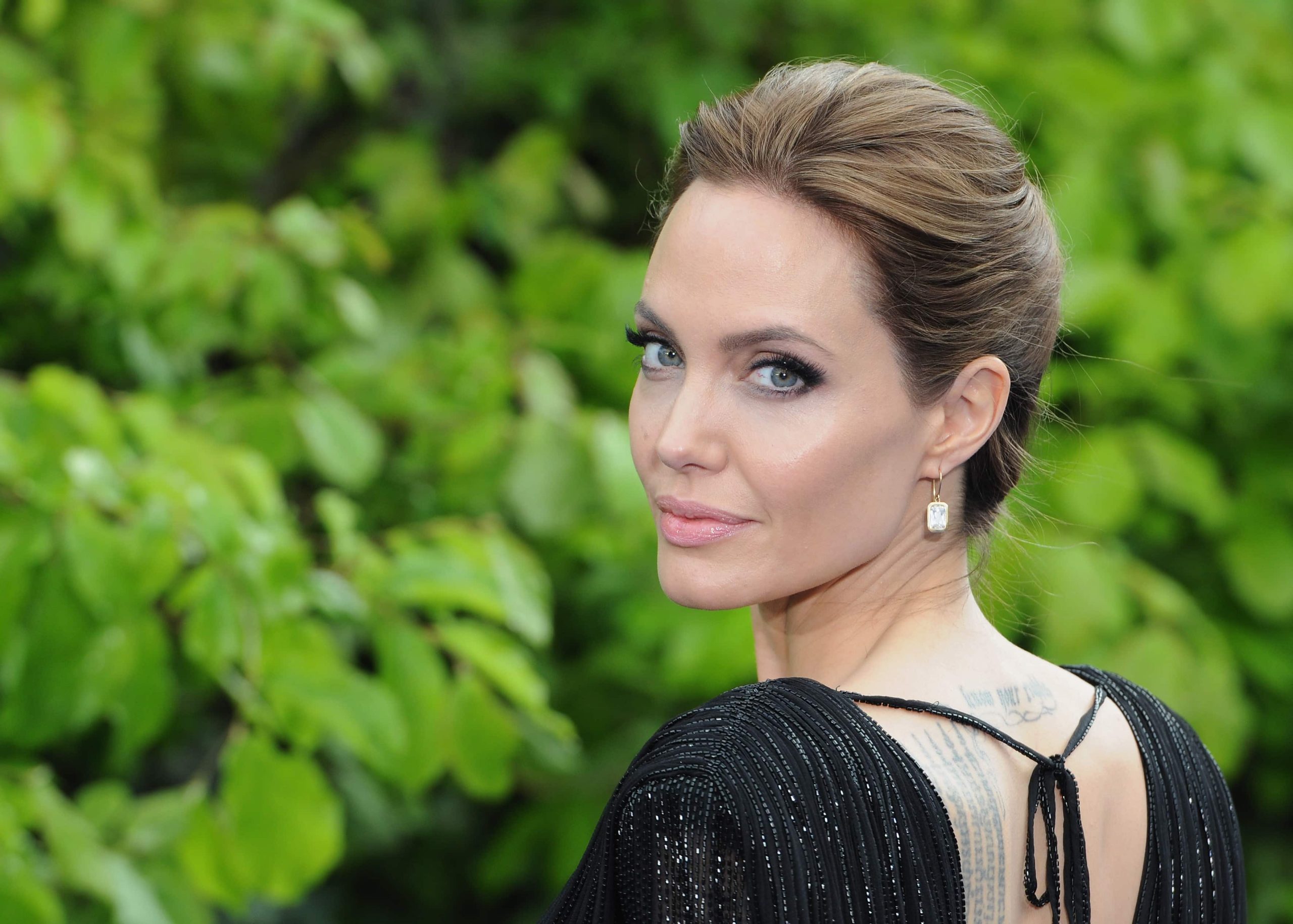
Quantum of Solace (2008)
Uncast Actor: Henry Cavill
Henry Cavill was considered for the role of James Bond but was deemed too young. The role went to Daniel Craig.
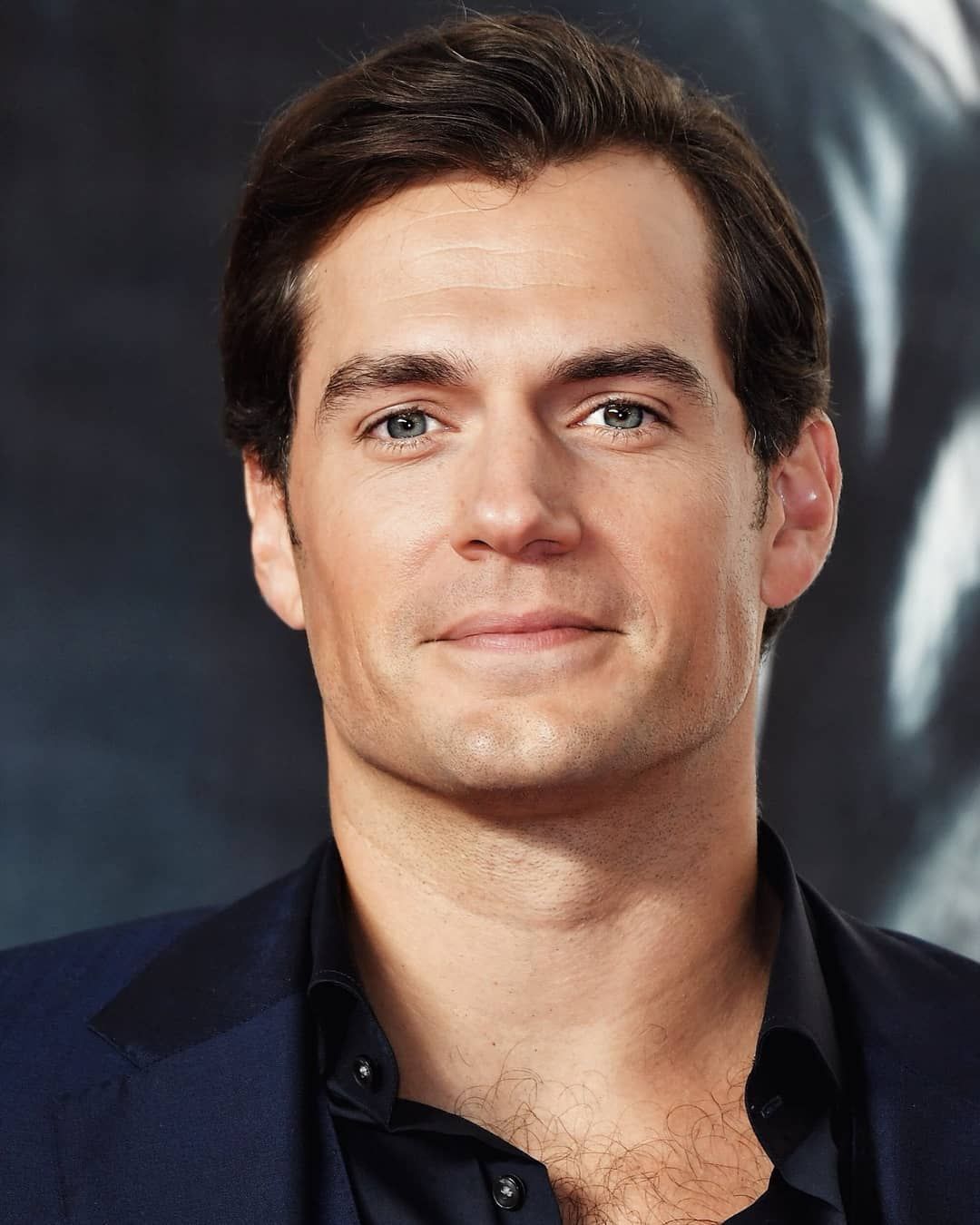
Skyfall (2012)
Uncast Actress: Rachel Weisz
Rachel Weisz was considered for the role of Sévérine but was not cast. The role went to Bérénice Marlohe.
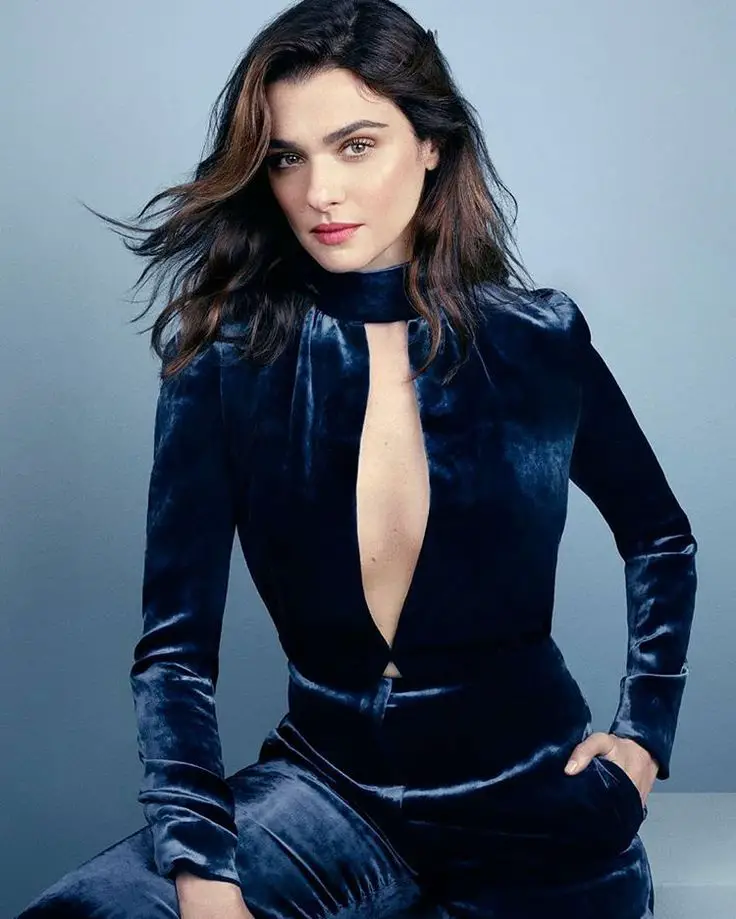
Spectre (2015)
Uncast Actor: Chiwetel Ejiofor
Chiwetel Ejiofor was considered for the role of Mr. Hinx but was not cast. The role went to Dave Bautista.
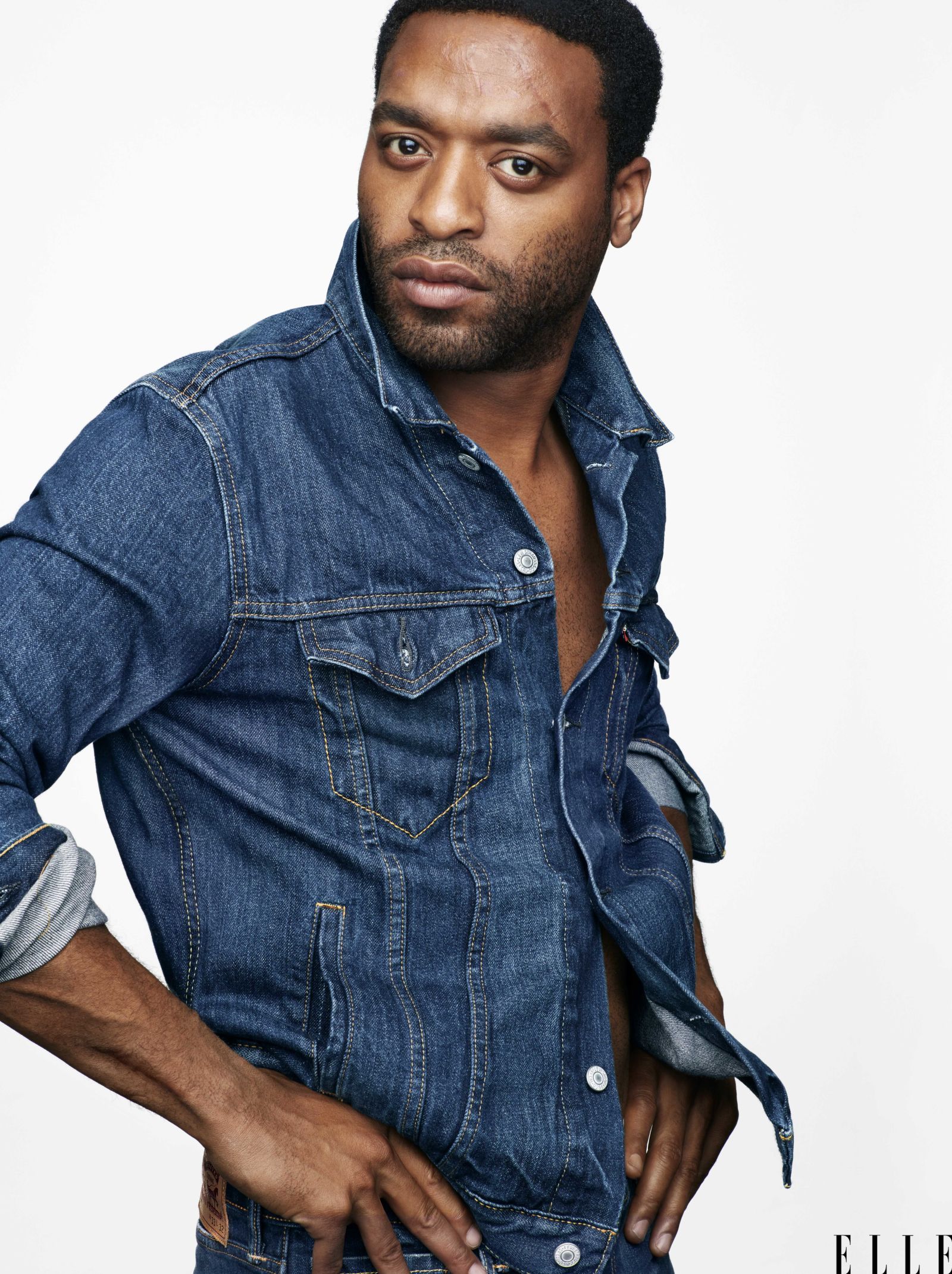
Die Another Day (2002)
Uncast Actor: Whitney Huston
Whitney Huston was considered for the role of Jinx in Die Another Day (2002) but was not cast. The role went to Halle Berry.
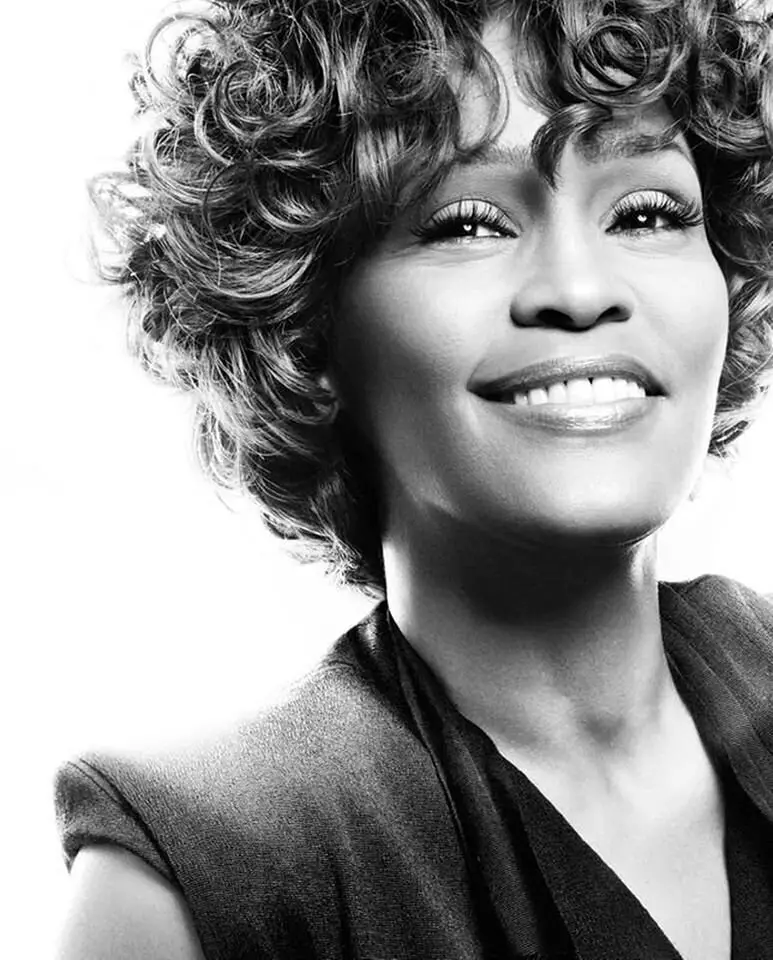
This comprehensive list provides a glimpse into the casting process of the Bond films, revealing the actors and actresses who were considered but ultimately not cast. It’s a fascinating look at the “what ifs” of the Bond series, providing a unique perspective on this iconic film franchise.
FAQ :
1. Why were certain actors and actresses not cast in the Bond films?
The casting process for any film, including the Bond series, is complex and multifaceted. It involves a variety of factors such as availability, suitability for the role, and willingness to commit to the project. In some cases, actors and actresses were unavailable due to scheduling conflicts or contractual obligations with other projects.
In other instances, they may have been deemed unsuitable for the role during the audition process. This could be due to a lack of chemistry with other cast members, not fitting the director’s vision for the character, or not meeting certain physical requirements for the role. Additionally, some actors and actresses may have been unwilling to commit to the multi-film contracts often associated with the Bond series.
Finally, it’s important to note that casting decisions are often subjective and can be influenced by a variety of factors beyond an actor’s control. While we can speculate on the reasons, the final decision ultimately lies with the casting director, producers, and other key stakeholders in the film.
2. How might the Bond films have been different with the uncast actors and actresses?
The casting of a character can significantly influence the portrayal and reception of that character. If different actors and actresses had been cast in the Bond films, the characters and the films themselves could have been markedly different.
For instance, different actors bring their unique styles and interpretations to a role. This could have resulted in different character dynamics, narrative arcs, and overall tone for the films. Moreover, the physical appearance and screen presence of an actor can greatly influence the audience’s perception of a character.
However, it’s important to remember that while the casting of a character is crucial, it is just one element of a film. Other factors such as the script, direction, cinematography, and production design also play significant roles in shaping a film. Therefore, while the casting of different actors and actresses could have resulted in different films, it’s impossible to say exactly how these differences would have manifested.
3. How are actors and actresses chosen for Bond films?
The casting process for Bond films, like any other film, involves several stages. Initially, the casting director, producers, and director create a list of potential actors for each role. This list is often based on factors such as the actor’s previous work, their suitability for the role, and their availability.
Once the list is created, the casting team reaches out to the actors’ agents to gauge their interest and availability. If the actor is interested and available, they are often asked to audition for the role. This typically involves reading lines from the script, and may also include physical tests if the role requires it.
Following the auditions, the casting team, director, and producers discuss the performances and make their final decisions. This process can take weeks or even months, and often involves negotiations with the actors’ agents regarding contracts and schedules. It’s a complex process that requires careful consideration and collaboration between various parties.
4. Have any actors turned down the role of James Bond?
Yes, over the years, several actors have been offered the role of James Bond but have turned it down for various reasons. For instance, Cary Grant was the first choice for the role in “Dr. No,” but he was unwilling to commit to a multi-film contract. Similarly, Clint Eastwood was offered the role but turned it down, believing that the character should be played by a British actor.
Turning down such a high-profile role is not an easy decision and can be influenced by a variety of factors. Some actors may feel that they are not right for the role, while others may have scheduling conflicts or contractual obligations with other projects. Additionally, some actors may be wary of the typecasting that can often come with playing such an iconic character.
5. Who were some of the most surprising uncast actors and actresses?
There have been several surprising uncast actors and actresses in the Bond series. For instance, it’s intriguing to think of Cary Grant, a Hollywood icon, in the role of James Bond. Similarly, Clint Eastwood, known for his roles in Westerns and action films, would have brought a unique perspective to the character.
On the actress side, Angelina Jolie, a major Hollywood star, was considered for the role of Vesper Lynd in “Casino Royale.” Considering her action roles in films like “Tomb Raider” and “Mr. & Mrs. Smith,” it’s interesting to imagine what she could have brought to the Bond series.
However, it’s important to remember that while these casting choices may seem surprising in retrospect, they make sense when considering the specific requirements and circumstances of each film. Each actor or actress brings their unique talents and characteristics to a role, and what works for one film or character may not work for another.
6. How has the casting process for the Bond films evolved over the years?
The casting process for the Bond films has evolved over the years, reflecting changes in the film industry and society at large. In the early years of the series, the casting process was largely centered around finding actors who fit the physical description of James Bond as described in Ian Fleming’s novels.
However, as the series progressed, the casting process began to place more emphasis on finding actors who could bring depth and complexity to the character. This shift reflects a broader trend in the film industry towards more nuanced and complex character portrayals.
In recent years, there has also been increased discussion about diversifying the Bond series, with calls for a non-white or female James Bond. While no such casting decisions have been made as of yet, these discussions reflect changing societal attitudes towards race and gender, and the increasing demand for diversity in film.
7. What impact does the casting of a Bond film have on its success?
The casting of a Bond film can have a significant impact on its success. The actor playing James Bond is particularly crucial, as they are the face of the film and play a large role in attracting audiences. A popular and well-received Bond can help ensure the success of a film and the longevity of the series.
The casting of other characters, such as the Bond girl and the villain, is also important. These characters play key roles in the film and their casting can greatly influence the film’s reception. A well-cast villain or Bond girl can add depth to the film, enhance the narrative, and increase audience engagement.
However, while casting is important, it’s just one factor in a film’s success. Other elements such as the script, direction, cinematography, and marketing also play crucial roles. A well-cast film can still fail if these other elements are not up to par, and vice versa.
8. Are there any recurring themes in the casting of Bond films?
One recurring theme in the casting of Bond films is the preference for established actors for the role of James Bond. Most actors who have played Bond were already well-known in the film industry, which helps to attract audiences and lends credibility to the films.
Another theme is the casting of relatively unknown actors and actresses for the roles of the Bond girls. This allows the films to introduce fresh faces to audiences and gives these actresses a chance to make their mark in a high-profile film.
Finally, there’s a trend of casting accomplished actors in the role of the villain. This helps to create compelling antagonists for Bond and adds depth to the films. These actors often bring a certain gravitas and intensity to the role, enhancing the film’s drama and tension.
9. What is the significance of the Bond girl in the casting process?
The Bond girl is a significant character in every Bond film, often serving as the main female lead. The casting of the Bond girl is therefore a crucial part of the film’s production. The actress chosen to play the Bond girl can greatly influence the film’s narrative, character dynamics, and overall tone.
The Bond girl is often portrayed as a strong, intelligent, and independent character, providing a counterpoint to James Bond. The actress chosen for this role must therefore be capable of portraying these qualities while also having a strong on-screen chemistry with the actor playing Bond.
Furthermore, the Bond girl often serves as a reflection of contemporary societal attitudes towards women. Over the years, the portrayal of the Bond girl has evolved, reflecting changes in societal attitudes and expectations. The casting of the Bond girl is therefore not just about finding an actress who fits the role, but also about reflecting the cultural zeitgeist.
10. What is the future of casting in Bond films?
The future of casting in Bond films is likely to continue evolving in response to changes in the film industry and society at large. There has been increasing discussion about diversifying the Bond series, with calls for a non-white or female James Bond. While no such casting decisions have been made as of yet, these discussions reflect changing societal attitudes and the increasing demand for diversity in film.
Furthermore, as the film industry continues to globalize, we may see more international actors being cast in Bond films. This could bring fresh perspectives to the series and help it appeal to a global audience.
Finally, as technology continues to advance, we may see new methods of casting being employed. For instance, digital auditions and casting via social media are becoming increasingly common in the film industry. These methods could potentially be used in the casting of future Bond films, making the process more efficient and accessible to a wider range of actors.
Conclusion
The world of uncast actors and actresses in the Bond series is a fascinating one, offering a glimpse into the intricate process of casting and the many factors that influence it. As we’ve seen, each Bond film has its own unique story of casting – actors who were almost Bond, actresses who were almost Bond girls, and the many ‘what ifs’ that accompany these near misses.
In the end, while it’s intriguing to imagine what the Bond series might have looked like with different actors and actresses, the films as they exist are a testament to the successful casting decisions that were made. The actors and actresses who were cast brought these characters to life in their own unique ways, contributing to the enduring success and popularity of the Bond series.
More to see here:

